From ancient Bronze Age worship to spacecraft still to be launched, the Science Museum’s newest blockbuster exhibition looks at the source of all life on earth… the Sun.
Normally when an exhibition about something is opened, the something is the heart of the display. The Science Museum’s exhibition’s primary topic, the Sun itself is conspicuous by its absence.
Yet, it’s all around us. We are literally made of star dust, the elements that make up planet earth, and the many scientific objects in the exhibition only exist because they are made from elements blasted into space following the deaths of other suns in the distant past.
We humans, made from the death of suns are dependent on our own local sun for our lives, and we have a curious relationship with it. At some level we know of it from the science that we learn at school, yet it’s also it’s too impossibly vast to comprehend on a human scale and gains mythic power. We avoid staring at it, afraid of its power, yet rush out to bathe in its warm glow on a summer’s day.
It’s not alive as we know the idea of “alive”, but it breathes, has tempers, and moods.
How does an exhibition deal with these contradictions?
Many early civilizations shared similar ideas, of the sun as a disc, and what was probably the world’s first ever monotheistic religion, practiced by the Egyptian Pharaoh Akhenaten who worshiped the sun itself. The exhibition itself starts with the Bronze Age, and a representation of the sun as disc carried through the heavens on a chariot.
The sun, distant and mysterious, a powerful religious icon.
Yet, even then the sun was seen as a giver, of time and heat. It’s godly power could be concentrated into early solar cookers and used to start fires. God came down to mortal man.
But eventually mankind started to supplant the sun. Sundials were too badly affected by clouds and mechanical works came to dominate – the clock had arrived, and with it, the shocking realisation that the sun is quite unreliable. One of the many clocks on display is the first to include two dials, one of mechanical time, and the other correcting for the inaccuracy for solar time.
Copernicus’s original book that put the Sun back at the centre and shunted the earth off to a mere orbit is on display, marking a point in time when science started to take on the mantle of solar observance. While science was starting to understand the orb hanging in the skies, mankind in general took a very different approach to the sun, and sunbathing.
The sun, life giver was also seen as a healer.
A solar bath designed by W.K. Kellogg, of cornflakes fame, is on display and was supposed to bathe people in light for their heath. While such things are looked back on with wry amusement, sitting next to me right now as I write is a solar lamp, which I use to offset the depressing effects of the winter gloom. We create artificial sunlight for our health when the real sun can’t deliver enough.
However, back then was a time when to be pale skinned was preferred, for it was a sign of wealth of those not forced to work the fields, but the suntan took off in the flapper years, and bronze was best.
Only to be reversed when people found out that sunburns were a bad idea. A room in the exhibition skillfully shows this transition of sun as health giver into sun as killer.
But the sun is also energy, and even in the days of the industrial revolution people were attempting to supplant coal with solar. Some of the ideas explored by the exhibition are not far from what we still do today, using mirrors and dishes to concentrate the sun to cause heat for cooking or as a way of powering engines through steam.
In that sense, solar power can be both exceptionally simple, or if we want to power our modern world, exceptionally complex.
As a kid, it was always amazing to see a electric circuits I made using a kit toy I had that a simple cell could generate power from the sun. Then came the early solar powered calculators, and this was THE FUTURE in your own hands.
A big bank of old solar cells is on show and visually not that interesting. But look closely, it came from the roof of the White House, put there by President Cater, and removed by President Reagan.
While much of the exhibition has touched on how we see the sun or use the sun, it also looks at how we are trying to build our own sun — with fusion power. The great hope which was once advertised as “electricity too cheap to meter”, and is even now still in the experimental stages.
So from mythical god in the skies, to a giver of heat and health, to something that can be trapped inside a magnetic field, how humans perceive the sun has evolved over the thousands of years.
As an exhibition it ranges from the ancient worship to satellites that are still to be launched and shows off the many varied ways that humans have tried to understand the sun, and how we’ve sought to harness its power.
And yet, for all the science, all the understanding, all the equations and satellites, it’s still an awesome power in the skies, and the exhibition finishes with a large screen showing off the sun in all its glory and wonder, in all its different colour spectrums from rich reds to evil greens, with the throbbing sound that it’s prodigious energy output creates in deep space.
To go in is to understand the small dent humanity has made in the Sun’s influence, and leave awed by its majesty.
The exhibition, The Sun: Living With Our Star is opens this weekend and runs until May 2019 – entry starts from £15.



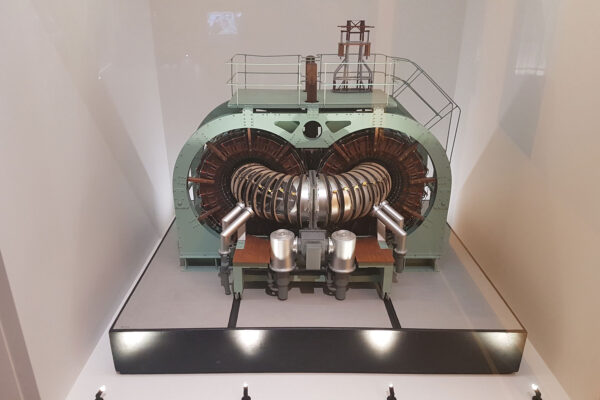
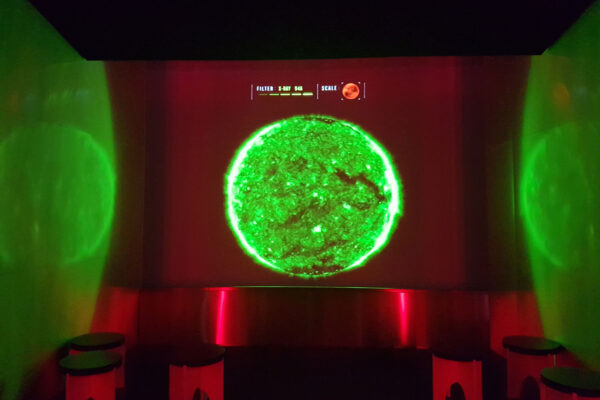
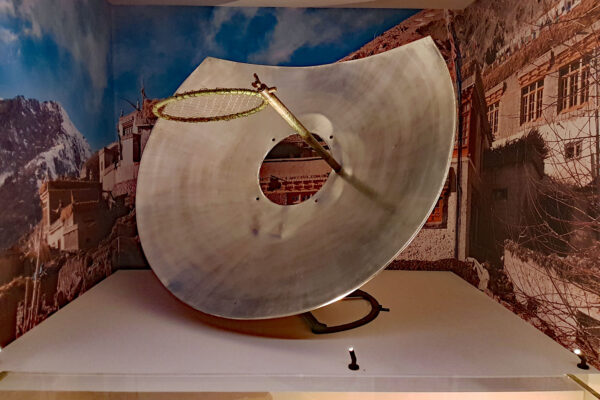


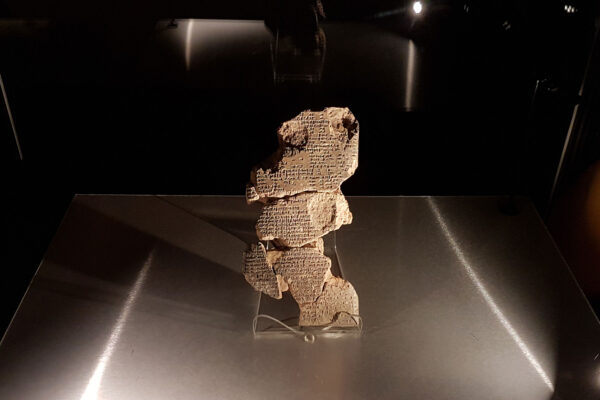
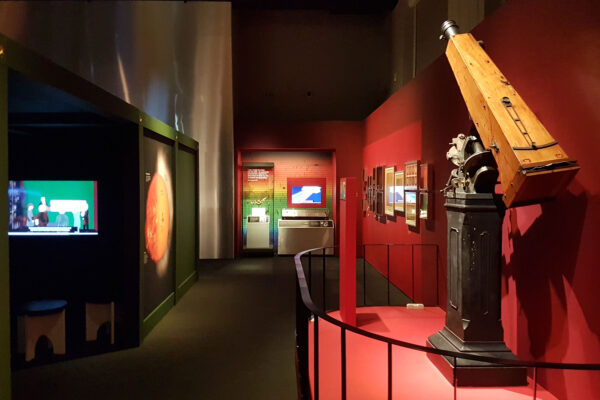
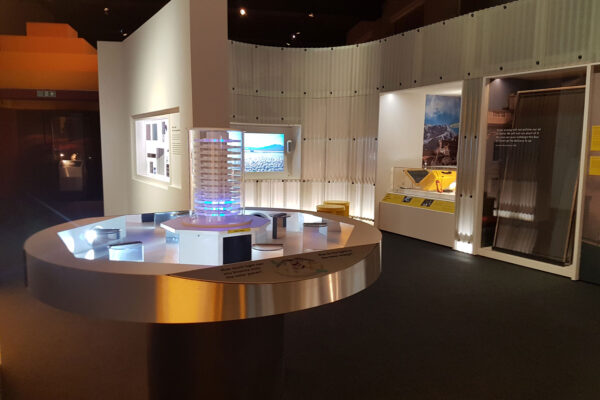






Well written Ian. Certainly your interest in this exhibition is focused and exciting! I wish I were closer so as to visit. Rodney, Vancouver Island